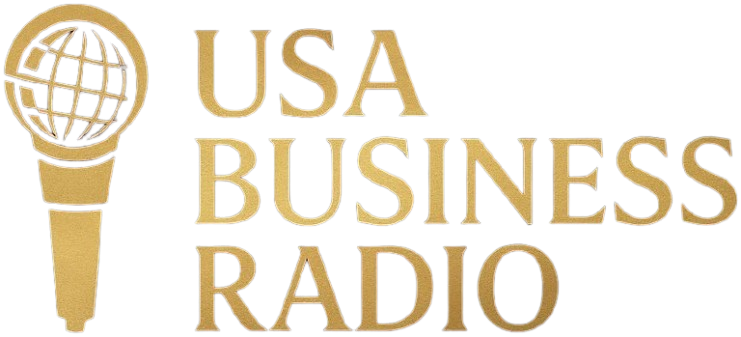By: Ruth King
Are you making these financial mistakes which get accentuated when revenues grow quickly?
- Volume is vanity. Profits are sanity. (I’ve said this for years).
I’ve been saying this for years. The top line is important but the bottom line is more important. Many business owners brag about revenue growth but almost no one brags about profit growth. What is your unit of revenue? (A restaurant’s unit of revenue is a meal: more meals mean more revenue). Track overhead cost per unit of revenue and net profit per unit of revenue to ensure that your company is profitable as you grow. Calculate these two figures on a yearly basis and review them every quarter.
Overhead cost per unit of revenue is the dollars you must add to your product or service direct cost for rent, utilities, etc. It is total overhead divided by billable or revenue producing units. Do not include holidays, sick days, training time, or vacation days. Only time that is used to generate a product or service.
Net profit per hour is the total net profit divided by your unit of revenue.
For example, if the cost of producing a product is $10 of labor and $15 for materials, and it takes one hour to produce that product, the direct cost is $25 per hour. Then if your company’s overhead cost per hour is $30 per hour, the total cost of producing that product is $55 per hour. Then add the net profit per hour you want to earn to arrive at the selling price.
If your net profit per unit of revenue is negative you are paying your customers to provide your products and services.
Shift your focus from growing the top line to growing the bottom line – your net profit per hour.
- Inventory is a bet. (I’ve said this for years too!)
Walk through your warehouse. How many parts are gathering dust on the shelves? How many parts did you buy a year ago or longer that you paid for but still haven’t used.
Inventory is one of the greatest cash drains for small businesses. You are betting your hard earned dollars that you will be able to sell something that you’ve bought for a “good deal.”
Know how many days, on average, it takes from the time you purchase a part until you use it in your products and services. If it is over 30 days, you probably have too much inventory unless your business is parts distribution.
- Your Balance Sheet is more important than your Profit and Loss Statement.
Unfortunately many small business owners never look at their balance sheets. They only look at their Profit and Loss Statements. Balance sheets tell you true profitability, over a long period of time. A P&L only tells you whether you made a profit for a month, quarter or a year.
Your balance sheet also answers the question, can you pay your bills? Are you taking on too much debt? Do you have too much inventory? and Do you have a collection problem?
Don’t make these financial mistakes. Think bottom line rather than top line. It’s better to grow revenue at 5% and profits at 15%.
For more great business content see here.
Ruth King is known globally as the “Profitability Master,” and is a a thought leader in entrepreneurship and business. Her books have been recognized as among the greatest in numerous industries. Learn more about all her business activities here.




